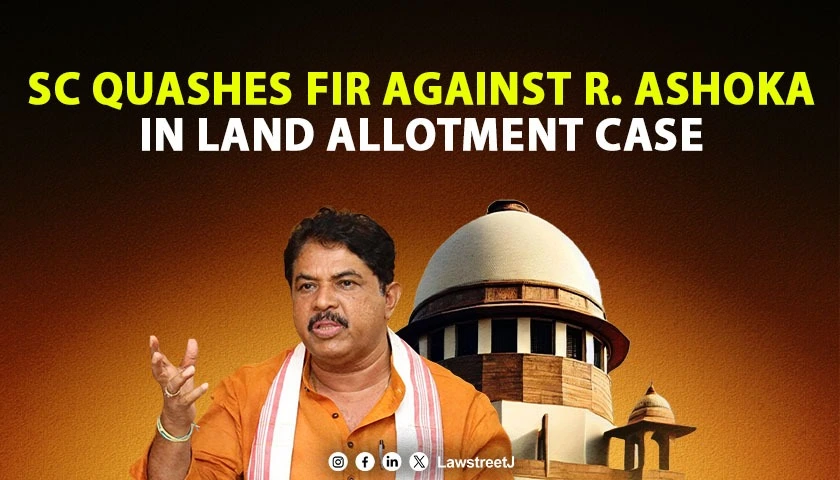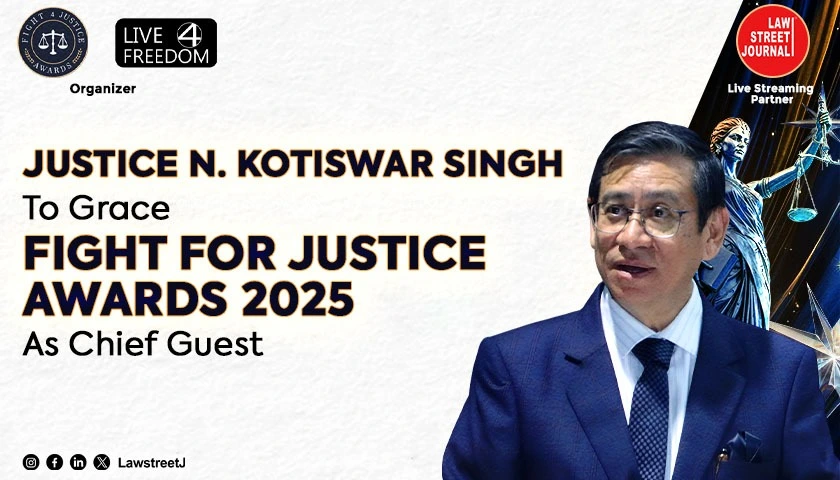On February 4, 2020 (Tuesday), the issue on implementation of broadcasting was addressed by a SC bench headed by Justice Arun Mishra. The Attorney-General of India KK Venugopal replied to the bench saying that the process of installing infrastructure has started. The bench consisted of two more judges consisting of Justice Vineet Saran and M R Shah said, "There cannot be any command to the administrative side of the Supreme Court. The CJI has to take a call on the administrative side on this issue". The bench further added that "Can we issue a command to the Parliament to frame this or that law? Let the matter be examined on the administrative side by the CJI". The advocate brought the attention of the bench mentioning about the letter which she wrote to Secretary-General of the Apex Court to know the progress for installing techniques which were suggested in the guidelines of 2018 verdict. She contended that top court had said the live streaming of court proceedings is a part of the right to access justice. "Where is the room for us to direct any further on this now," the bench said, adding, "For this, we will have to experiment (pilot project) first".
Last week, an application was submitted before the Supreme Court of India seeking orders to the administrative side under Article 145 (1) of the Constitution of India, 1949 for streaming matters live on television. The Bench was supervised by Indira Bannerjee who issued a notice on the application and conveyed the notice to the Secretary-General of the Apex Court. The paper was stimulated by Senior Advocate in Supreme Court Indira Jaising, who prompted the bench to direct streaming of all Constitutional Bench cases like Kashmir (Abrogation of Article 370) and Sabrimala using them as reference matters. Stress was made on the Swapnil Tripathi Judgment which was decided by an earlier bench in 2018 which recognized the live-streaming of proceedings as an extension of the principle of open courts and access to justice. In her submission, she said that technological infrastructure for the live streaming and recording is readily accessible and everything needs to be expanded most immediately irrespective of framing the rules for the same on the administrative side of the court. One of the guidelines which were inscribed by the then Chief Justice of India Dipak Misra was that there must be a cognitive delay of ten minutes separating the live proceedings and broadcast to guarantee that unspecified knowledge ought not to be bestowed to the people, which can be edited by the court.
Author: Asif Iqbal








